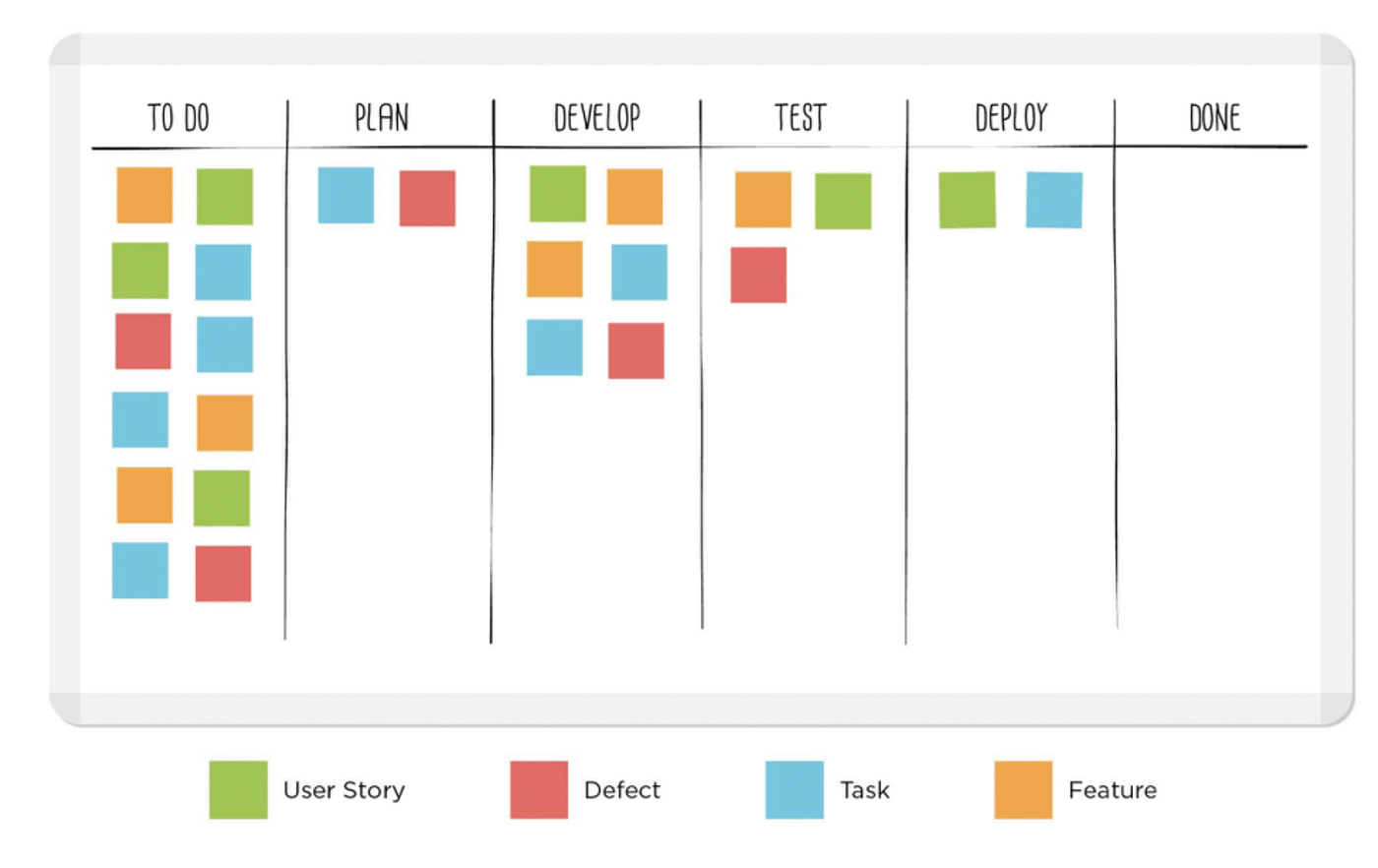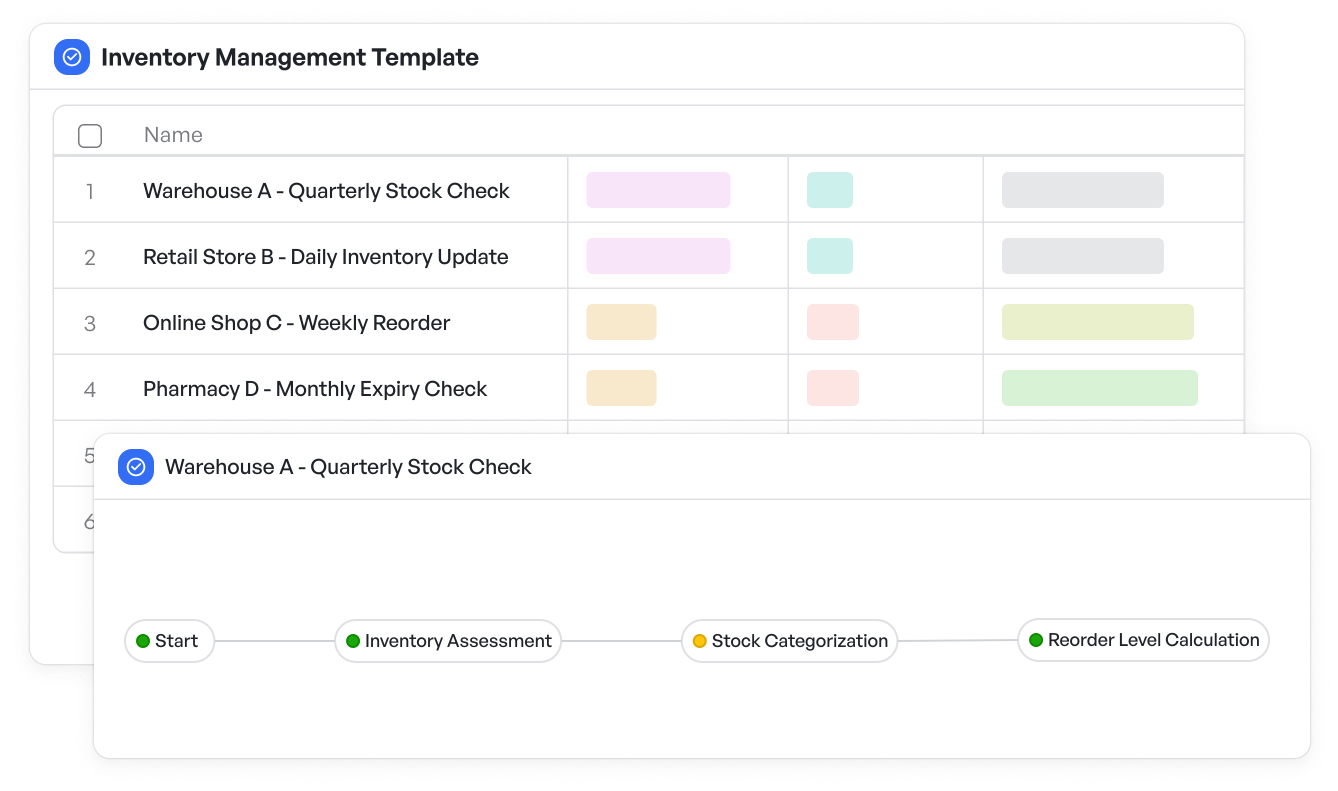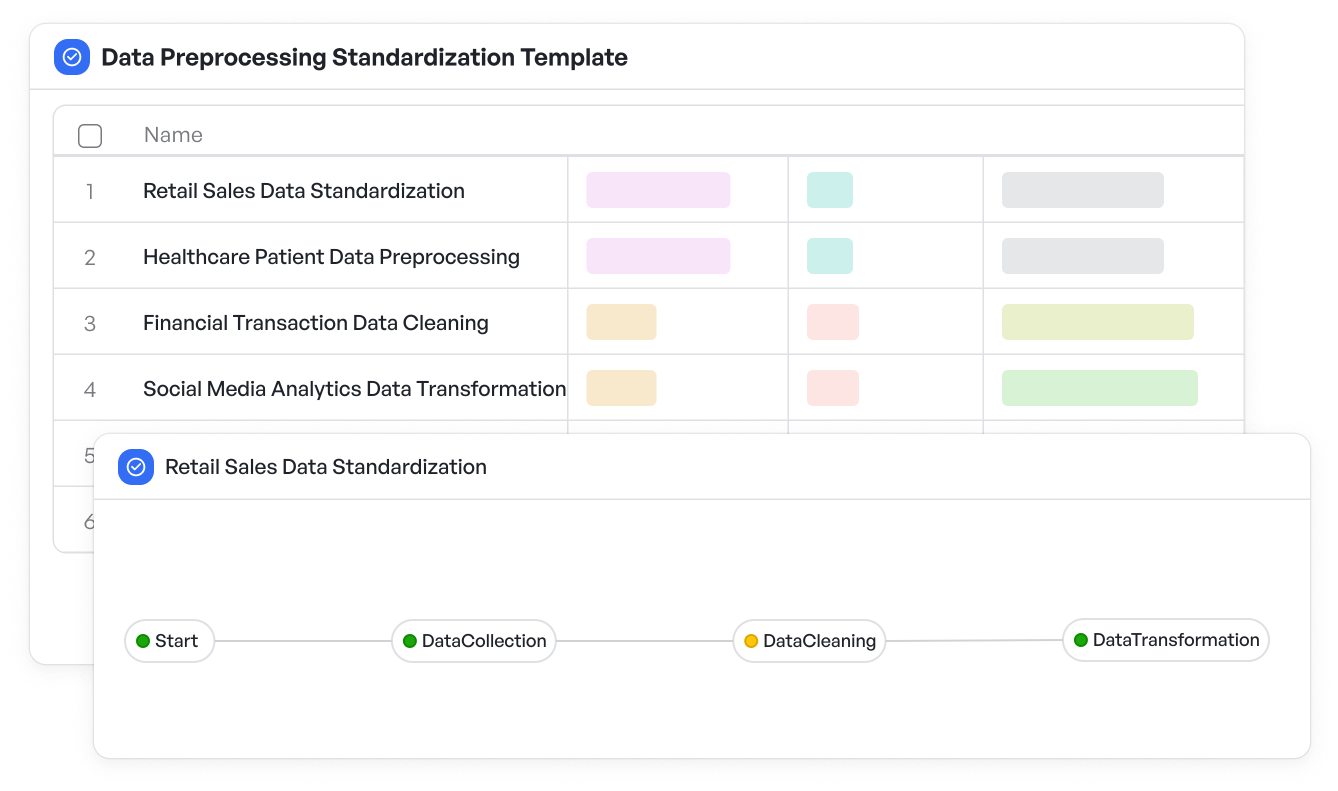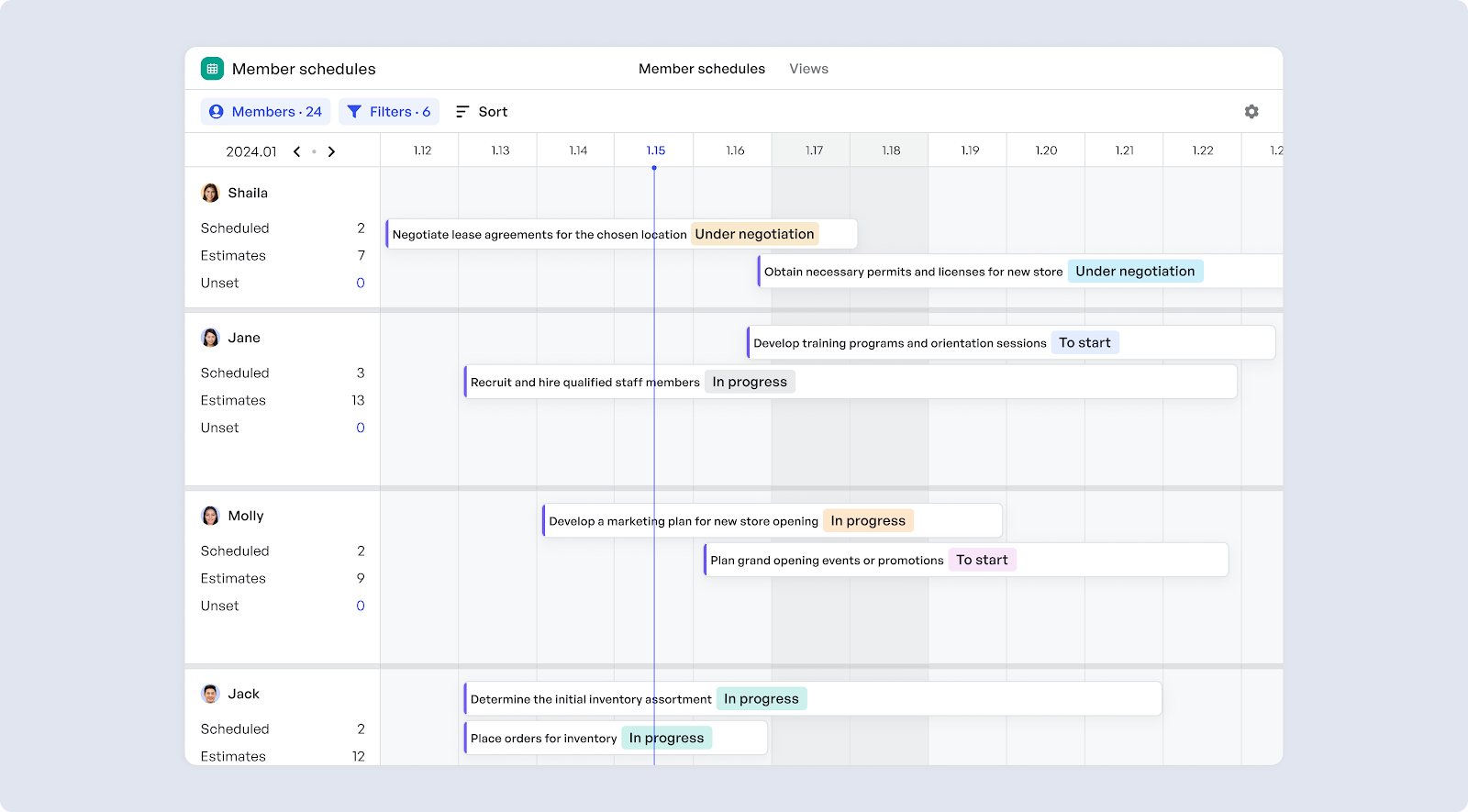Lean in Retail: Streamlining Operations for Growth and Efficiency

Striking the balance between great customer service and operational efficiency is no small feat. For many retailers, especially at the mid-market and enterprise level, Lean principles are becoming the go-to strategy for cutting waste and boosting responsiveness.
Lean in retail is not just a buzzword—it is a proven approach that can help retailers reduce waste, improve processes, and respond faster to customer needs.
This article explores the core concepts of lean in retail, its practical applications, and how retail leaders can leverage lean methodologies to transform their operations.
Whether you’re a C-suite executive, operations director, or project manager in a software-enabled retail organization, understanding lean’s value can help drive sustainable growth and competitive advantage.
What Is Lean in Retail?
Lean is a management philosophy originally developed in manufacturing, focusing on maximizing customer value while minimizing waste. Applied to retail, lean aims to streamline all activities—from inventory management and supply chain logistics to in-store operations and customer service—by eliminating inefficiencies and optimizing resources.
The goal is simple: deliver exactly what the customer wants, when they want it, without overburdening the system or incurring unnecessary costs.
Unlock the full potential of Retail Project Management with our expert-guided review, offering actionable insights for the retail industry.
Core Principles of Lean Applied to Retail
- Value Identification: Understand what the customer truly values—whether it’s product availability, quick checkout, personalized service, or easy returns—and focus efforts accordingly.
- Value Stream Mapping: Analyze the end-to-end process that delivers value to the customer, from product sourcing to purchase, and identify bottlenecks or waste.
- Flow Optimization: Ensure smooth movement of products and information through every stage, avoiding delays and excess inventory.
- Pull Systems: Adopt demand-driven approaches so stock replenishment and staffing align directly with customer needs rather than forecasts alone.
- Continuous Improvement (Kaizen): Engage teams in ongoing small improvements that add up to significant gains in efficiency and quality.
 A typical project table
A typical project tableHow Lean Principles Transform Retail Operations
Inventory Management Supply Chain
Retail inventory is a common source of inefficiency and lost sales. Lean methods help reduce excess stock, minimize stockouts, and optimize replenishment cycles through:
- Real-time data tracking for demand-driven ordering
- Eliminating redundant suppliers or transport steps
- Cross-functional collaboration between purchasing, warehouse, and sales teams
This reduces carrying costs and frees up cash flow while improving product availability for customers.
 Meegle's Inventory Management Template
Meegle's Inventory Management TemplateStore Operations and Workforce Management
Lean encourages retailers to redesign store layouts and workflows to reduce wasted movement and wait times. Common applications include:
- Streamlined checkout processes with better POS software and queue management
- Employee task standardization to balance workload and reduce idle time
- Visual management tools that quickly highlight issues needing attention
Empowered, engaged store teams are better able to deliver personalized customer service without burnout.
Customer Experience and Engagement
Applying lean to customer-facing processes means focusing on eliminating pain points and enhancing satisfaction by:
- Reducing checkout lines and improving payment options
- Offering clearer product information and availability updates
- Speeding up returns and exchanges with efficient backend workflows
Retailers can create seamless, value-driven experiences that build loyalty and repeat business.
Challenges in Implementing Lean in Retail
Despite its benefits, adopting lean principles in retail is not without hurdles:
- Cultural Change: Employees and leadership must embrace continuous improvement and be willing to rethink established routines.
- Technology Integration: Real-time data and automation are often needed to enable lean workflows, requiring investment and change management.
- Balancing Efficiency with Flexibility: Retail must still respond to unpredictable customer demand and seasonal fluctuations, which complicates standardization.
Addressing these challenges requires clear communication, training, and leadership commitment.
 If you liked exploring the challenges, you may also be interested in: Data Preprocessing Standardization Template
If you liked exploring the challenges, you may also be interested in: Data Preprocessing Standardization TemplateUsing Lean to Drive Digital Transformation in Retail
Many retailers now rely heavily on software tools to manage operations. Lean principles align well with digital transformation efforts by encouraging:
- Data-driven decision-making based on customer behavior and operational metrics
- Automation of repetitive tasks like inventory tracking and reorder alerts
- Cross-department collaboration enabled by cloud-based platforms
For retail leaders, selecting software solutions that support lean workflows and continuous improvement is critical. Using structured templates and workflows can help teams stay aligned and ensure consistent execution of lean initiatives. Meegle’s content templates, for example, can aid operational teams in documenting and standardizing lean practices clearly and efficiently.
Suggested Read:👉Implementing RFID in Retail
Meegle’s Role in Supporting Lean Retail Operations
While Meegle does not provide retail-specific features, its customizable templates and collaborative platform help software-enabled retail teams implement lean principles in their communication and content workflows.
Retail operations directors and project managers can leverage Meegle to:
- Document process improvements and standard operating procedures
- Share best practices across teams to encourage continuous learning
- Track progress on lean initiatives with structured updates and reports
Using such tools supports the cultural and organizational change lean requires.
 Check out how Meegle streamlines store operations
Check out how Meegle streamlines store operationsUnlocking Operational Excellence with Lean in Retail
Lean in retail empowers organizations to reduce waste, enhance customer satisfaction, and increase profitability—all while building a culture of continuous improvement. For mid-market and enterprise retailers embracing digital tools, lean offers a clear framework to focus efforts and resources where they matter most.
By integrating lean principles with software-driven workflows and structured content management, retail leaders can make smarter decisions faster and respond effectively to evolving market demands.
Reinvent retail operations with Meegle — simplify, improve, and grow smarter.
The world’s #1 visualized project management tool
Powered by the next gen visual workflow engineRead More
Check All BlogsStart creating impactful work today



